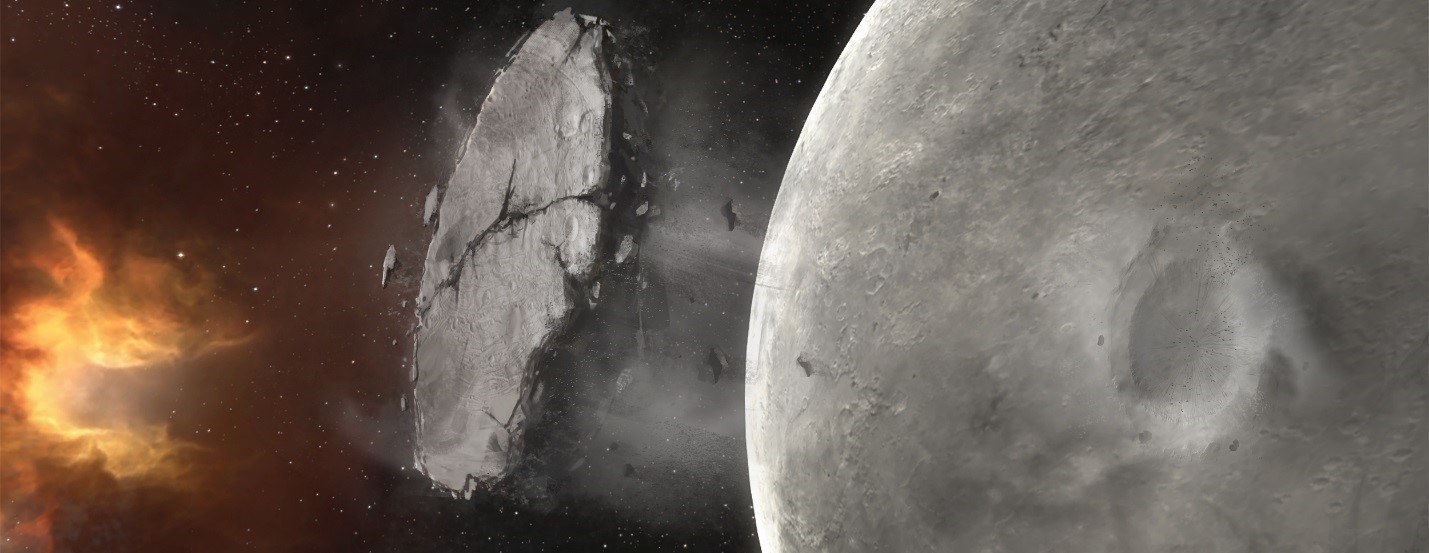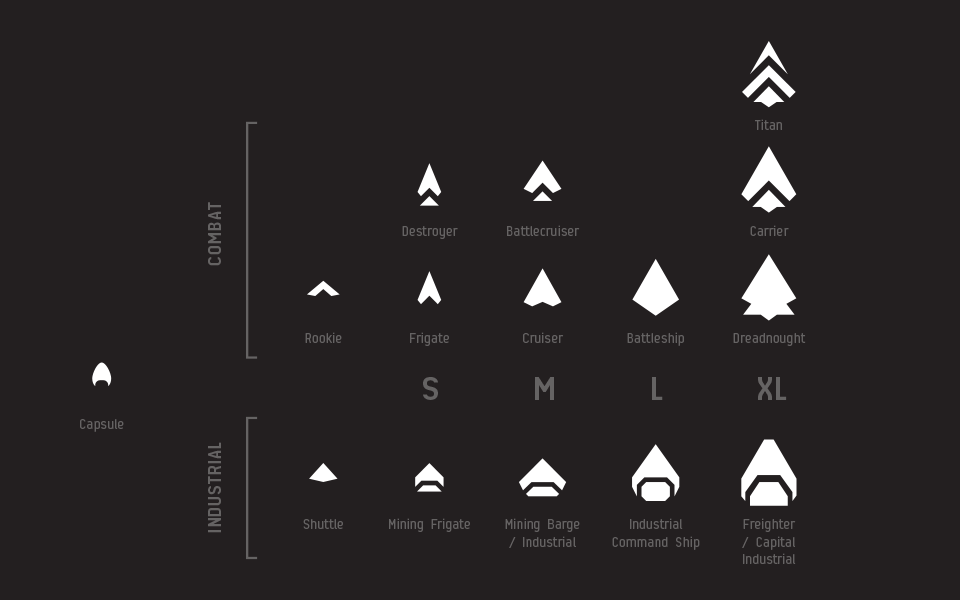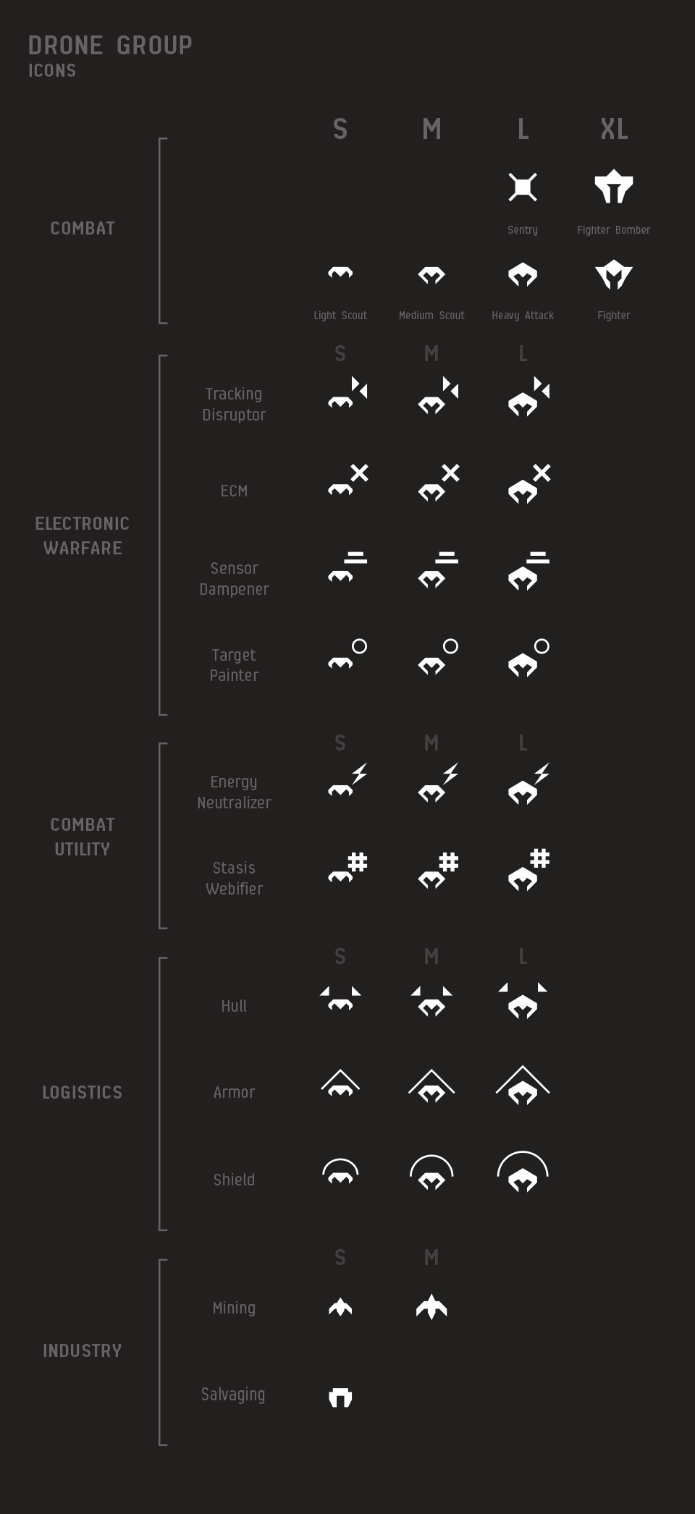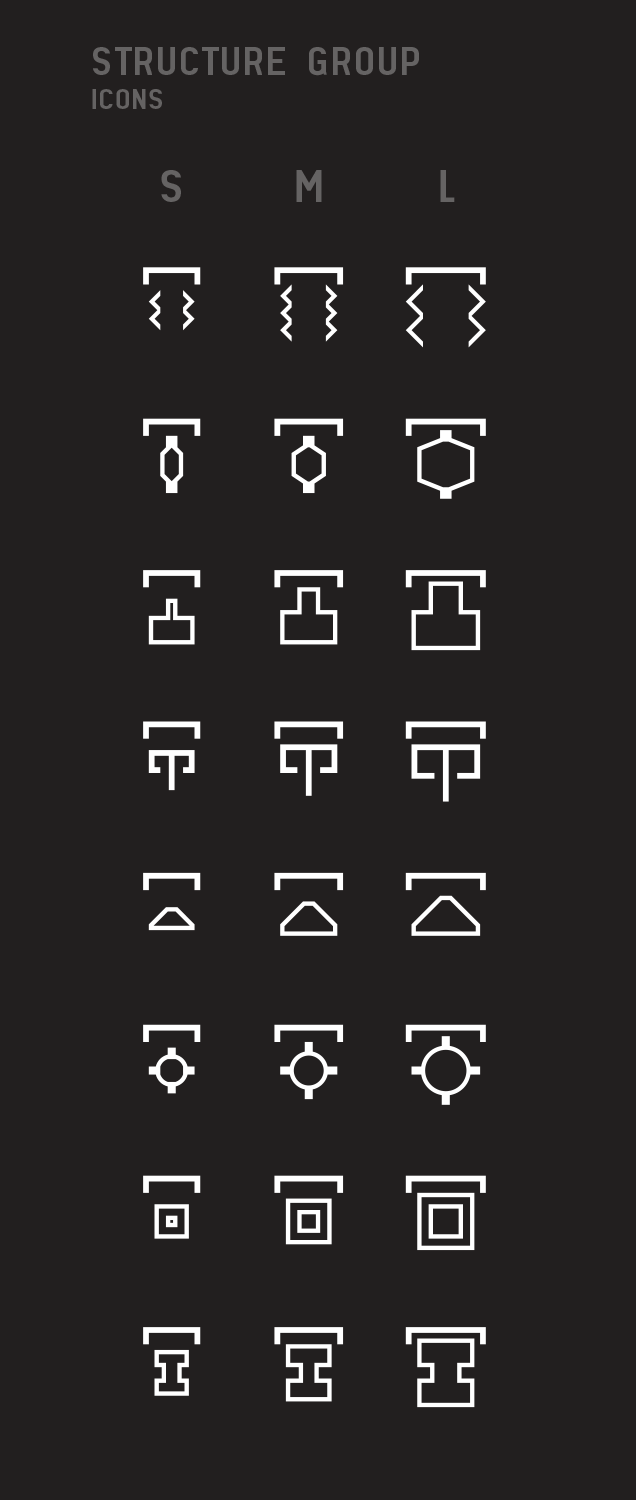Yesterday I laid out the current situation facing combat capitals in the proposed FozzieSov sovereignty system. It can be summarized thus: the new system takes away the niche of structure grinding from capitals leaving them adrift in the changed meta.
So today I'm going to lay out my ideas for changing the four combat capital classes of ships to adapt to the new sovereignty mechanics as well as the new meta in low sec, wormhole space, and perhaps beyond.
WARNING: This post is not for the timid.
 |
| BRACE FOR IMPACT! |
Rationalization
One of the most striking features of Tiericide for the sub-capital ship classes has been how the amorphous blob of ships of various power levels was transformed into ships with defined roles.
This has two benefits: first it prevents ships from being obsoleted by better ships with the same role but superior stats (i.e. the old tier method), and secondly it makes the ships easier to balance when they have a specific main role they are supposed to accomplish as opposed to jack-of-all-trades multi-role. There are downsides too, such as pigeon-holing ships to specific roles and limiting player inventiveness and counter-expectation fitting, but overall I think these concerns have proven to be insignificant and the health of the overall sub-capital meta is extremely good right now.
Capitals, on the other hand, with the notable exception of the Dreadnought, are multi-roled ship classes with many of them overlapping roles with other classes, especially in the direct damage department. For example, all four have considerable direct damage applications, every one except dreadnoughts can do warfare linking, and both carriers and super carriers have bonuses to logistical modules. Yes, there are marked differences between the classes and the exact best application for each varies, but the fact remains that its a muddled mess that is hard to balance and find appropriate roles for in light of a structure-grinding-less future.
With all that being said, onward to my ideas.
Proposal
Let's start with the easiest and work our way to the hardest. Or another way to think of it, the least radical proposals to the most.
Dreadnought - this ship class needs no changes in my mind because it hits the sweet spot in several dimensions. It has a specific singular role and it does it exceptionally well, its not an insurmountable barrier to entry to any area of space, it has applications in null, low, and wormhole space. Even a blob of dreadnoughts does not guarantee success against all comers as the slow tracking weapons and lack of mobility limit their effectiveness on smaller targets. This ship class should be the starting point of any refactor and rebalance as an exemplar of capital ships done correctly.
Carrier - This one is a hard one because despite having many roles, the carrier class overall is in a decent place especially since drone assist has been identified as a problem and is being addressed. That being said, a class that is good at so many roles squeezes out other class from being in some of those roles. So in the end I think its time to break up the carrier's abilities to make the class more focused and leave room for another class to take over some of the roles.
Currently, a carrier can do a lot of things: Combat via fighters and drones; space healing via logistic modules and ship bonuses and Triage mode; moving ships and modules in the Ship and Fleet hangers; allowing in-space fitting changes via the Ship Maintenance Array; and most rarely providing warfare link boosting. In my experience, players first set out to get a carrier for its hangers to allow them to move their assets from base to base, and later on as the player becomes more of a veteran than move to using carriers for combat roles, most usually in the uber-logistics triage mode supporting a fleet. Alternatively, experienced null players use fleets of carriers in remote repping mobs with hordes of drones as a powerful but slow moving combat fleet.
I'm proposing that carriers are rebalanced only for space combat and space healing roles and the other roles are removed. *Waits for uproar to die down* Yes, I realize that is a huge change but the jack-of-all-trades-and-master-of-a-few is crowding out other ship class possibilities from flourishing or even existing. This means removing the role bonus for Warfare link modules (its mostly useless anyways) and removing the ship maintenance hanger/array and either removing the fleet hanger (with a boost to cargo bay size and/or fuel bay) or shrinking it.
Concurrent with this proposal, I think the cost of the carriers should drop by about 25%, a new capital class ship that has a Ship Hanger and jump drive should be introduced (kind of like a Jump Bowhead) for players to maintain the ability to move their stuff, and my super carrier changes coming up next are also implemented.
(I considered going even further and removing combat capability from carriers and making them pure capital sized logistics but I'm not sure that is completely necessary.)
Super Carrier - Ever since CCP turned these monsters from Motherships into Super Carriers they have suffered a series of nerfs: no more non-fighter drones, reduction in number of drones in space at once (with boost in Fighter Bomber damage to compensate), jump range reduction, jump fatigue... and now, one of the things they are still the best at, structure grinding, is going away under the Fozzie Sov system. Poor supers!
I think its time to acknowledge that we don't need another pure damage dealer on the capital scale between Dreadnoughts and Titans. Instead I think its time to take this beast back to its Mothership roots. I envision a ship that a fleet uses as a rally point in extended battles, a mobile defensive base where pilots can reship and regroup without having to put a POS in system.
To this end, I say that the class keeps the large ship hanger, maintenance array, and fleet hanger. It should keep its Fighters and Fighter Bombers, but lose the warfare links (there are better ships for that role) and the bonuses to remote repping modules. Instead give the ship a unique module (or cool Tactical Destroyer like mode shifting) where it can enter "Depot" mode which allows it to project a POS-like force field (20 km radius?) with boosted resists and lots of hitpoints. However, when in Depot mode the ship is immobile and cannot jump, and the cycle for the mode is 30 minutes long (i.e. short enough to not be a major time commitment and long enough to pose a serious risk). Also, while in Depot mode it can still use its fighter bombers and Remote ECM burst. I would think that there would be restrictions much like Deployable mobile structures about where it can be deployed to prevent exploits like activating it right next to a gate to make the gate effectively blockaded or on a station undock, etc, and I think the ship should not be able to receive remote reps or cap while in this mode.
I can see this class becoming a focal point for fights as fleets attempt to use it to resupply in a pitched battle and the opposing force moves to try and destroy them while they are locked in place.
"What happens if someone plops a fleet of these on grid together?" As long as the restrictions on where Depot mode can be activated includes "Not Within 30 km of another Depot Super Carrier" I don't see any issue. Its no worse, IMHO, then the current situation when someone jumps in a Super Carrier fleet except that their utility is currently lower under FozzieSov with fewer targets to grind.
Titan - Much like the Super Carriers, the Titan class has received a number of nerfs over the years as CCP realized that massed fleets of these ships were capable of widespread devastation with very little in the way of reasonable risk, the occasional Asakai or BR- battle notwithstanding. Today the class stands at a relatively decent position in comparison to carriers and super carriers, even under FozzieSov as its dual roles of Line Breaker (with its Doomsday and large racks of capital weapons and damage bonus) and Jump Portal still have useful applications.
However, the Titan class presents a problem in that its roles are mutually exclusive (i.e. you can't be both a jump portal pig on the back line launching fleet of battleships or whatnot to battle AND a front line flagship breaking apart carriers and dreadnoughts) and the second role, that of jump portal platform, presents a significant advantage to forces that have that at their disposal compared to forces that do not have one at their disposal. This disparity is evident in null sec and low sec; in null sec alliances with Titans have more tactical flexibility to maneuvure their sub-cap fleets (prior to Phoebe they had a lot of tactical flexibility as well but that's been reduced), and in low sec the divide is even more marked as a corporation or alliance with even a single Titan can dominate a region of low sec against alliances without that asset. Black Ops Battleships with the Covert Jump Portal Generator does address some of this divide as its much easier to obtain a 1 billion Tech II battleship than it is a Titan, but since the power versus cost investment ratio of the ships you can send through the Covert Cyno is significantly lower, e.g. a fleet of battleships with tech 2 logistics versus a handful of Stealth Bombers and Recons.
To that end, I think its time to break the Titan class in two: the primary main class keeps the doomsday and capital weapons and bonuses but loses the jump portal, clone vat bay, warfare linking and bonus to fleet members. As a result, I think the cost of the Titan in this version as a Super Dreadnought should be dramatically lower. In conjunction, a new capital (not super cap) ship class is introduced which we'll call the Mothership class which will fit the clone vat bay and the jump portal generator. This will be more expensive than a dreadnought but less expensive than a Super Carrier, will be able to dock, and have virtually no offensive or defensive capabilities.
This smaller ship class would bridge (HAHA Pun intended!) the gap between the small-medium corporations that do not have anyone with access to a Titan and those that do, lowering the barrier of entry to hot-drop/counter-hot-drop gameplay and the interesting emerging outcomes that spawn from that facet of the game.
* * * * *
There you have it, my vision for capital ships in the post FozzieSov universe. Instead of four classes of ships with multiple overlapping roles you have six ships with specific and interesting roles:
- Carrier : Logistics Platform
- *New* Jump Bowhead : Space Trucking
- Dreadnought : Capital DPS
- Super Carrier : Mobile Assault Base
- Titan : Anti-Capital DPS
- Mothership : Jump Portal Generator
These more focused classes will be easier to balance and provide a more gradual progression of power and expensive from the sub capital classes.
























